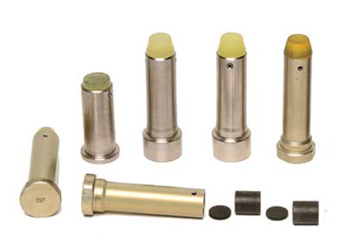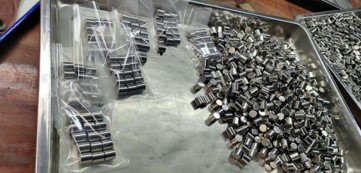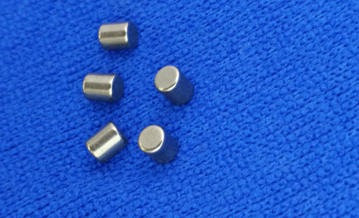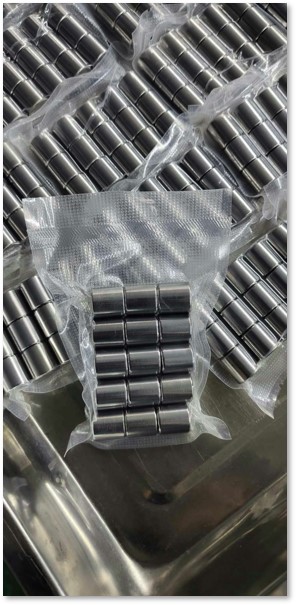Description
Why the right buffer weight is critical?
Every semi-automatic firearm requires the use of a recoil spring and buffer weight, which return the bolt carrier group (BCG) back into battery. Without a buffer in between it, buffer spring is made to be too strong to cycle the BCG, making the buffer essential.
But the movement of the weight helps absorb the already-minor recoil of the AR-rifle.
A heavier H2 buffer takes longer to move, slows down more quickly and minimizes the ‘punch’ of the recoil while still maintaining the rifles function.
Having too much weight in the buffer can cause the rifle to short stroke, as the rifle’s gas system may not have the necessary power to cycle the heavier buffer (causing inconsistent extraction and ejection)
But having as much weight as possible increases the “dwell time” spent by the spent ammo in the upper receiver, allowing more of the excess gas and carbon to push out (cleaner operation).
More heat dissipates and there is more consistent extraction and ejection of the spent cartridge.
Getting the balance right can be affected by a fair amount of factors, including ammo types and calibers, proper installation of the gas block and tube, or the size of the gas port drilled into your barrel.
Different Tungsten Buffer Weight on AR-15 Rifles
Heavy (H1) Buffer (3.8 oz)
Heavy weights, or “H” weights, add about an ounce to the entire buffer. One of the approximately .6-oz. steel weights is removed and replaced with a tungsten weight, which is about 1.45 oz.
Adding even this amount of extra weight can cause issues on some rifles. But most AR-15s are over-gassed on purpose and can handle this type of addition.
H2 Buffer (4.6-4.7 oz)
The next rung on the ladder is the H2, which replaces two steel weights with a pair of tungsten weights, adding nearly two ounces to a stock buffer.
These heavy buffers can be too heavy for some carbine applications, though they are often used. An H2 is likely too heavy for many mid-length systems, but this is not where they are most often desired.
With the advent of AR-Pistols in recent years, shooters need heavy buffers to compensate. A standard carbine buffer is far too light and will likely result in violent cycling of the action.
H3 Buffer (5-5.4 oz.)
The H3 represents the heaviest of the carbine-length buffers for AR-pattern rifles, coming in at a hefty 5.2 oz., give or take.
Why have a buffer weighing fully two ounces over a standard buffer? The single best advantage of the AR platform is the unbelievable versatility in calibers. In addition to the standard .223/5.56 chambering, AR-pattern rifles are found with heavier calibers such 7.62X39, .300 AAC, and some new offerings like the .204 Ruger and the .224 Valkyrie.
How Agescan Can Help?
Agescan Supplies Superior Quality High-Density Tungsten Buffer Weight Unit So You Can Create Your Own H1,H2, H3 Buffer System By Replacing Steel Weights with Tungsten Weights.
Tungsten Buffer Weight Technical Specs:
- Material: Tungsten Heavy Alloy
- Industrial Standard: ASTM B777-07 Class 4
- Density : 18.2 g/cc
- Unit Weight: 42.5 grams ( 1.482 oz)
- Height : 15.24 mm ( 0.6”)
- Diameter: 13.97 mm (0.55”)





